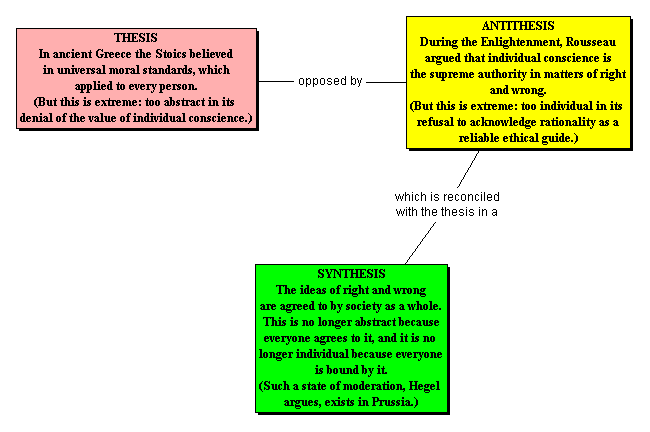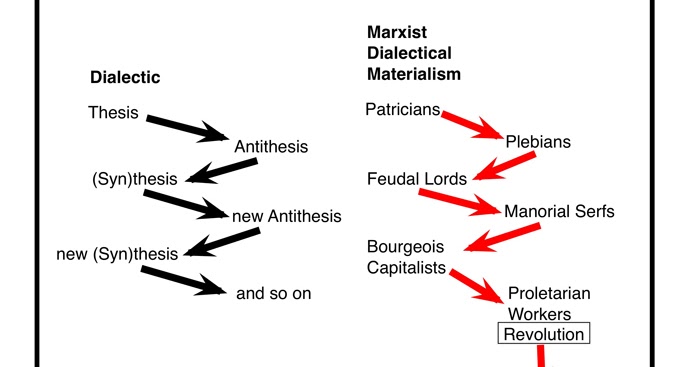

This is where emotions may be addressed, such as those derived from traumatic experiences, mood disorders, or other issues. Stage 2 of treatment targets emotional experiencing. The behaviors we look at are prioritized in a particular way which will be discussed below under the section "Treatment Hierarchy." During Stage 1, you will target specific behaviors that get in the way building the life you want. Stage 1 treatment is strongly focused on ineffective BEHAVIOR.

Once a commitment is obtained to take part in treatment, you will begin Stage 1 of DBT.

The purpose of pre-treatment is for you and your therapist to learn about each other, better understand DBT, and determine if the program is a good fit. (This web page covers much of what takes place during the pre-treatment stage). Before these four stages, however, a pre-treatment stage is required. There are four stages of treatment in DBT. Individuals who benefit most from DBT will relate to the Biosocial Theory.Ĭlick HERE for a short video that helps explain the Biosocial Theory of Emotion.Ĭlick HERE and HERE for handouts on the Biosocial Theory of Emotion. This dysregulation can have a variety of serious consequences that include behavioral problems, out of control emotions, relationships issues, identity confusion, etc. This interaction over time can help explain why some people tend to struggle with significant and pervasive emotion dysregulation. On the environmental side, this theory states that individuals with emotion regulation issues usually live in a pervasively invalidating environment where scenarios such as invalidation of private experiences, ignored or punished emotional displays, and oversimplification of emotions or experiences occur. On the biological side, some people experience higher emotional sensitivity, higher emotional reactivity, and slower than average return to emotional baseline. The theory that helps explain this emotional development, and consequent emotional vulnerability, is called the Biosocial Theory of Emotional Development.Īccording to the Biosocial Theory, the interaction between one’s biological factors and one’s social environment contribute to the development of our emotions. DBT assumes that problematic behaviors, emotions, cognitions and relationships are caused by the interaction between an individual’s biological emotional state and an invalidating social environment.


 0 kommentar(er)
0 kommentar(er)
